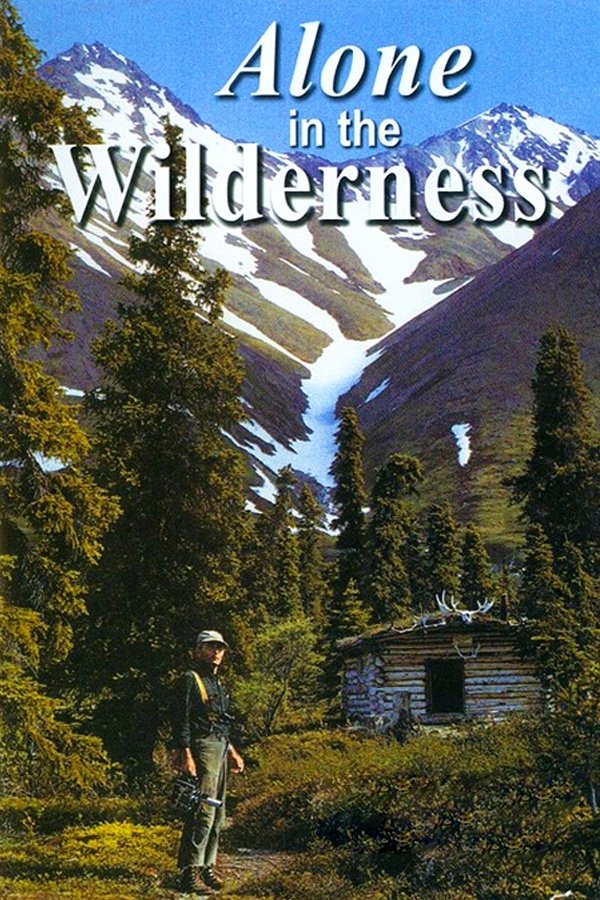Dick led a fascinating, solitary existence in Alaska. It’s amazing what kind of life he was able to build for himself. Like Bob Ross, Dick has a real appreciation for the Alaskan outdoors, and he does a good job capturing it with his modest photography skills and equipment.
All the footage focuses specifically on what he was able to build and how he built it, making this a fantastic reference for architects, engineers, and DIYers. But it’s all very mechanical and factual. What’s missing is the background on the man. Who is he? Where did he come from? How did he learn these skills? Why did he crave this solitude? How could he leave his family and friends? Did he live most of his adult life without a partner? What did he think about during all that time alone? How did he not succumb to solitude and boredom for the 35 years he spent alone in the wilderness? This is all required content for any documentary about a person who does what Dick did.
And everything is too perfect and easy and sterile. Every morning, the sun is shining bright, the water is a “dead calm”, the bears are friendly, food is plentiful, and Dick has no trouble scrambling over rocky mountains or hopping over several feet of snow. You know what I wanted to see? A bear raiding his makeshift outdoor refrigerator, a horrific storm, a leak in his roof, a twisted ankle, an annoying swarm of flies, a parasitic stomach infection, a frostbitten toe, moments of self-doubt, a few hours being bored, a rumbling stomach, a craving for cheesecake from his favorite restaurant back home, anything that would show some struggle. It would make Dick a lot more human, and it would make his story a lot more real.
While Dick seems to take a lot of pride in living off the land and being resourceful, he does seem to get groceries and supplies regularly by plane. He’s not quite as alone or self-sufficient as we all wanted him to be.
A closer look at how all this was put together… To the average viewer, it’s all very natural and authentic. Dick is alone in the wilderness, and we’re quietly watching him do his thing without his knowledge. But what really happened is that Dick set up a tripod and staged every moment. Dick framed the shot and angled himself a certain way so that we can see how he’s preparing a certain log for his cabin. He set up the camera on a tripod and then walked across the frame as if we’re hidden away and peering at him from behind a bush. The shots of him walking away from the camera are especially troubling, as you know that he had to get the shot and then turn around and walk back to the camera to collect it for the next shot. It’s all staged. Some shots even feature moving camera footage of Dick, clearly shot by someone else.
And if this was all shot on Super 8, there was no audio captured, and what we’re listening to is hours of foley sound effects that have been created in the studio.
It’s not clear who’s narrating. It’s the voice of a likable, “aw shucks” country boy. We want it to be Dick, but it’s not. Maybe we need to be told with a simple graphic at the beginning that it’s not Dick, and that someone else is reading from his journals?
In the end, Dick’s own footage and the final film is all a bit too “produced” for me. I wish that the people who put this together gave us some more background on the man and were more transparent about how this footage was shot and packaged. Perhaps Dick’s story could have been more accurately and powerfully told if a separate documentary crew had collected their own footage of him.
Props to Dick for the footage and journals, though. It really is a resourceful and thought-provoking life that he carved out for himself in Alaska. Perhaps this was the inspiration for the string of survivor shows that have become so popular in TV in recent years.
Dick makes an off-handed comment about women at 22:10 that would not fly today.

 I'm a
I'm a
Recent Comments